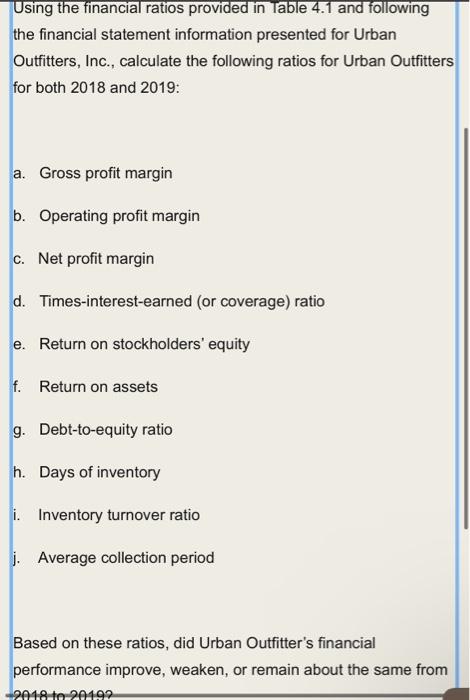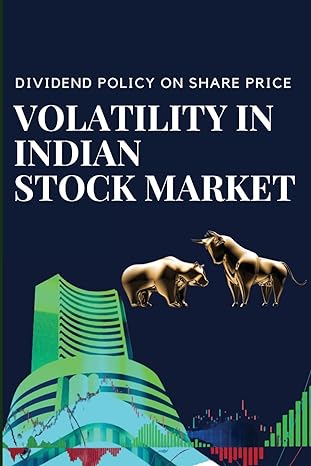Answered step by step
Verified Expert Solution
Question
1 Approved Answer
use urban outfitters 2018/2019 annuals Using the financial ratios provided in Table 4.1 and following the financial statement information presented for Urban Outfitters, Inc., calculate
use urban outfitters 2018/2019 annuals 


Step by Step Solution
There are 3 Steps involved in it
Step: 1

Get Instant Access to Expert-Tailored Solutions
See step-by-step solutions with expert insights and AI powered tools for academic success
Step: 2

Step: 3

Ace Your Homework with AI
Get the answers you need in no time with our AI-driven, step-by-step assistance
Get Started


